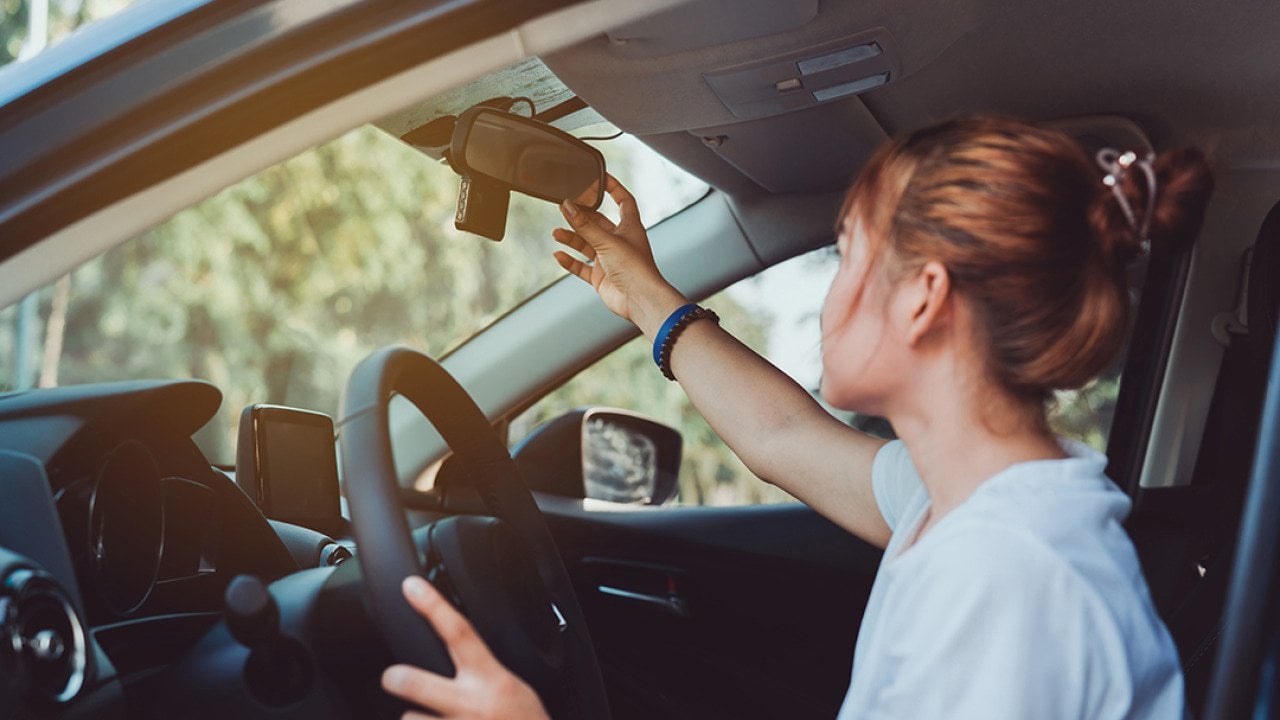Does car insurance cover the car or the driver?

MMD Creative // Shutterstock
Contrary to a common misconception, car insurance generally follows the car, not the driver. This means that when you lend your vehicle to someone, you are also lending them your insurance policy. If that person gets into an accident, your insurance is the primary coverage that will respond to the claim, regardless of whether the driver has their own policy. In this CheapInsurance.com guide, you’ll learn the distinction about what, and who, is covered by your auto insurance policy.
The Rule of Permissive Use
When you give someone permission to drive your car, they are considered a permissive driver. Most standard auto insurance policies will extend coverage to a permissive driver. This means that if a friend, roommate, or family member who is not explicitly listed on your policy causes an accident while driving your vehicle, your insurance will likely pay for the damages, subject to your policy’s limits and deductible.
However, there are important exceptions:
- Non-permissive drivers and unlisted drivers who use your car without your explicit permission (like a car thief) are not covered by your policy. In these cases, their own insurance would be responsible for damages, or they would be held personally liable.
- Excluded drivers are individuals you have specifically listed on your policy as not being covered. If an excluded driver operates your car and causes an accident, your insurance will provide no coverage at all.
- Unlicensed or suspended drivers will not be covered by your policy. Lending your car to someone without a valid license can also result in a fine for you.
- Commercial use, such as ridesharing or delivery services, is typically not covered by a standard personal auto insurance policy. You would need a separate commercial policy to cover these activities.
How Different Coverage Types Work
While the overarching rule is that insurance follows the vehicle, certain types of coverage behave differently.
Liability Coverage
Liability insurance is the one coverage that follows the driver. This is because liability protects you, the policyholder, from financial responsibility for damages and injuries you cause to others, regardless of whose vehicle you’re driving. If you borrow a friend’s car and cause an accident, your own liability insurance would be the primary coverage for the other driver’s damages.
Liability coverage is typically represented by three numbers on your policy (e.g., 25/50/15), which indicate the maximum payout for:
- Bodily injury per person ($25,000 in this example)
- Bodily injury per accident ($50,000)
- Property damage ($15,000)
Collision and Comprehensive Coverage
Both comprehensive and collision coverages follow the car, not the driver.
- Collision coverage pays for damage to your vehicle after it collides with another object, such as another car, a pole, or a building.
- Comprehensive coverage pays for damages to your vehicle from non-collision events, such as theft, vandalism, fire, or weather damage.
Since these coverages are tied directly to the vehicle itself, if a permissive driver is involved in an accident, your comprehensive or collision coverage will pay for repairs to your car, subject to your deductible.
Medical Payments (MedPay) and Personal Injury Protection (PIP)
The behavior of these coverages depends on the policy and state laws. Medical payments (MedPay) typically covers medical expenses for you and your passengers after an accident, regardless of who is at fault. In most cases, this coverage applies to you, the policyholder, and may not extend to other drivers.
Personal injury protection (PIP), also known as “no-fault insurance,” is available in some states and provides broader coverage, including medical bills, lost wages, and other expenses for you and your passengers, regardless of fault. The specifics of whether this coverage follows the driver or the car can vary widely by state and policy.
When a Secondary Policy Comes into Play
If a permissive driver gets into an accident while using your car, your policy is considered the primary insurance. The driver’s own insurance, if they have it, would be secondary insurance. This secondary policy would only be used to pay for damages that exceed the limits of your primary policy.
For example, if the damages from an accident total $15,000 but your liability limit is only $10,000, the driver’s secondary insurance would then cover the remaining $5,000. This highlights the risk of lending your vehicle to an uninsured driver, as you could be held responsible for costs that exceed your policy limits.
Important Considerations Before Lending Your Car
Before you hand over your keys, keep these tips in mind:
- Trust the driver: Always ensure you’re lending your car to a safe, responsible driver with a clean driving record.
- Discuss the deductible: Agree in advance on who will pay the deductible if a claim needs to be filed. The deductible is the out-of-pocket amount you must pay before your insurance covers the rest of the claim.
- Be aware of your rates: If a driver causes an accident while using your car and you have to file a claim, your insurance rates may go up, even though you weren’t driving.
This story was produced by CheapInsurance.com and reviewed and distributed by Stacker.
![]()
